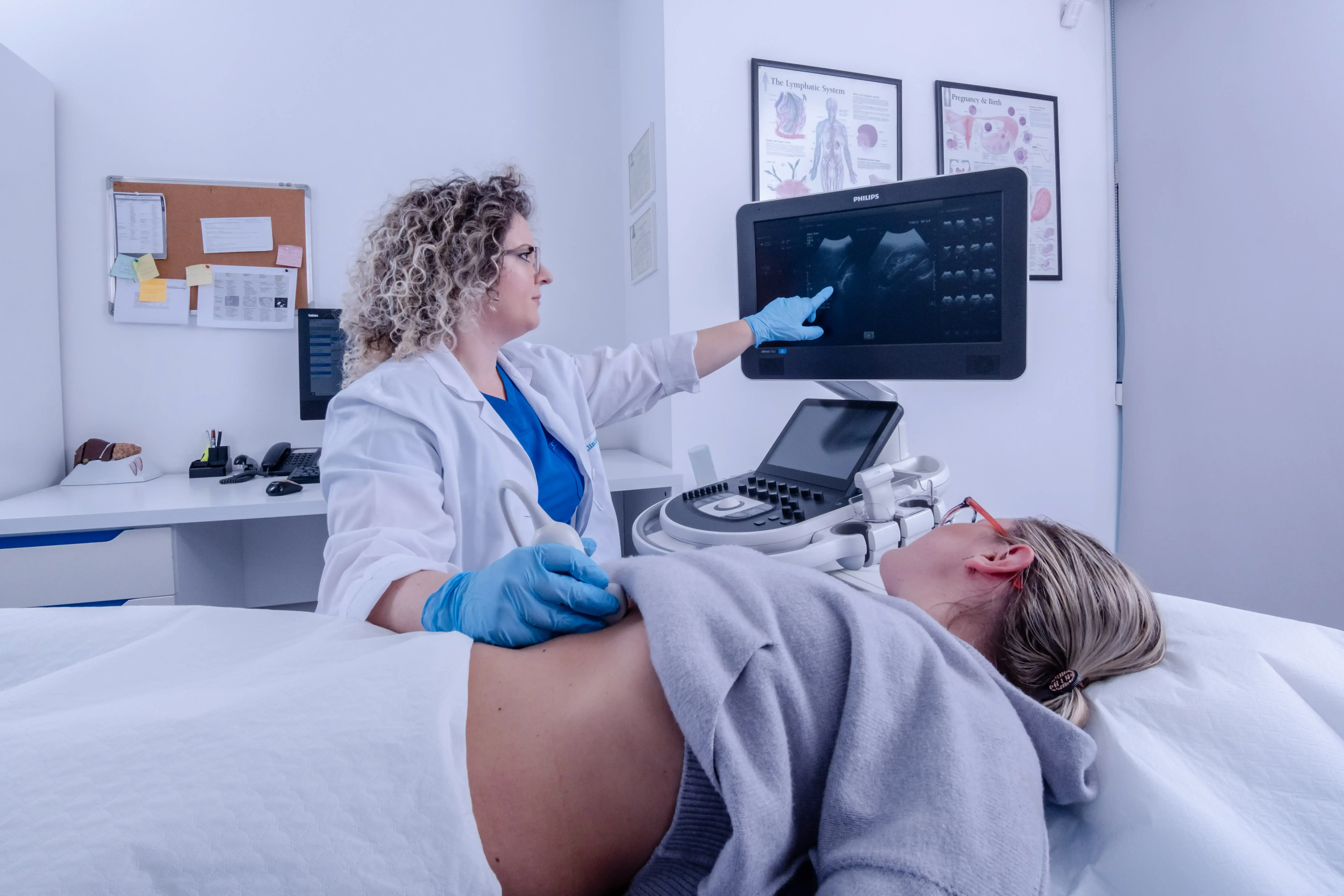
An abdominal ultrasound is a quick, non-invasive, and effective way to get a detailed look at the organs within your abdomen. It helps diagnose and monitor a variety of conditions related to your liver, kidneys, gallbladder, pancreas, and more. Here’s everything you need to know! ✅
What is an Abdominal Ultrasound? 🤔
An abdominal ultrasound uses high-frequency sound waves to create real-time images of the organs and structures inside your abdomen. It’s completely radiation-free and painless, making it a safe diagnostic tool for all age groups. 🩺
This procedure helps visualize organs such as:
How Long Does It Take? ⏱️
The procedure itself takes about 20 to 30 minutes, but you should plan for approximately 45 minutes to include preparation and review time.
Does it Hurt? 😊
An abdominal ultrasound is painless and non-invasive. You may feel some mild pressure when the technician moves the ultrasound probe over your abdomen, but it’s typically very comfortable.
How to Prepare 📝
Proper preparation helps ensure clear images:
Why Might You Need an Abdominal Ultrasound? 🔍
Your doctor may recommend an abdominal ultrasound if you experience symptoms like:
What Can an Abdominal Ultrasound Diagnose? 🩺
This procedure is valuable for diagnosing and monitoring conditions such as:
Additional Uses of Abdominal Ultrasound 🛠️
An abdominal ultrasound can also be used for:
Final Thoughts 🌟
An abdominal ultrasound is a safe, painless, and effective way to get a clear picture of your abdominal organs. It helps detect and manage a wide range of conditions, often providing answers quickly and accurately. If your doctor recommends it, rest assured that it’s a simple step toward understanding your health better.
Take control of your health—book your appointment today—for an abdominal ultrasound!
DISCLAIMER: The information presented on this page has been intentionally condensed and simplified to make it accessible and easier to understand for the general audience. Its purpose is solely to provide basic awareness and education on the topic discussed. It is important to note that this content is not exhaustive and does not replace or serve as a substitute for professional medical advice, diagnosis, or treatment. Readers are strongly advised to seek consultations with qualified healthcare professionals or specialists for accurate assessment, personalized guidance, and appropriate medical care. Relying solely on the information provided here, without professional oversight, may lead to misunderstandings or inadequate treatment.
Privacy policy
Copyright ©2025 Klinika Kajo. Designed By Vizional